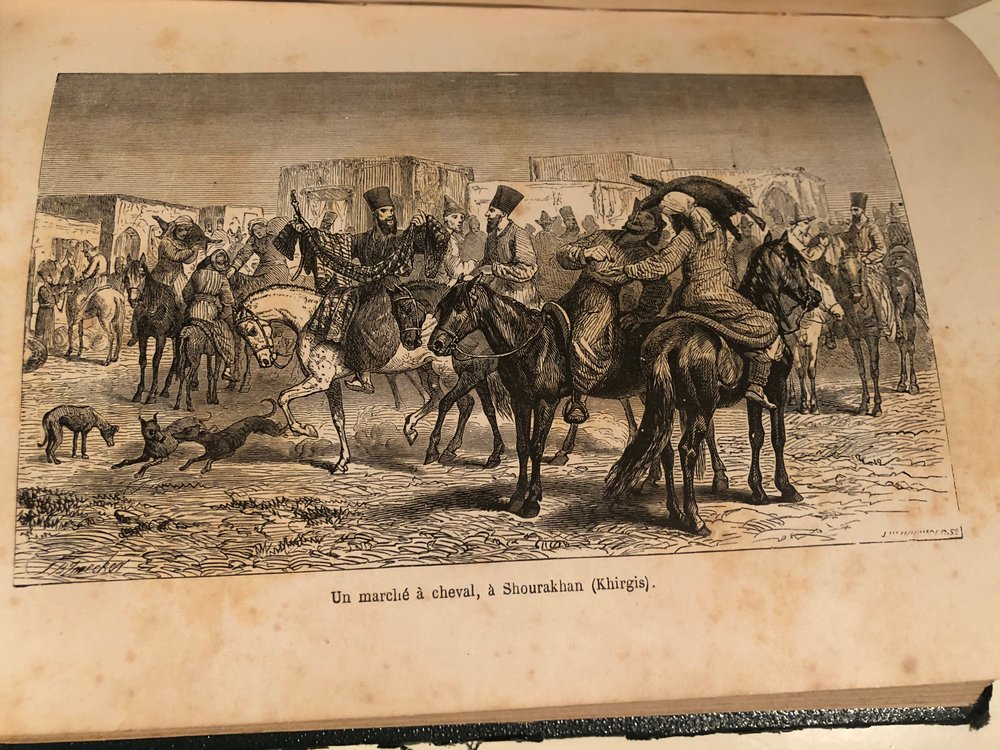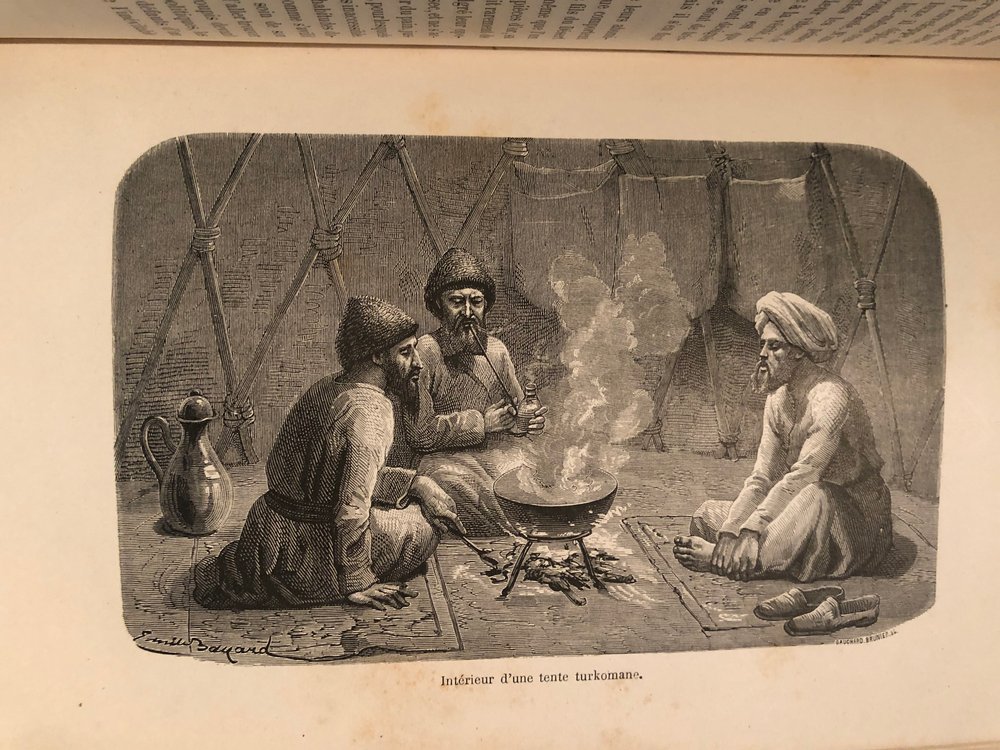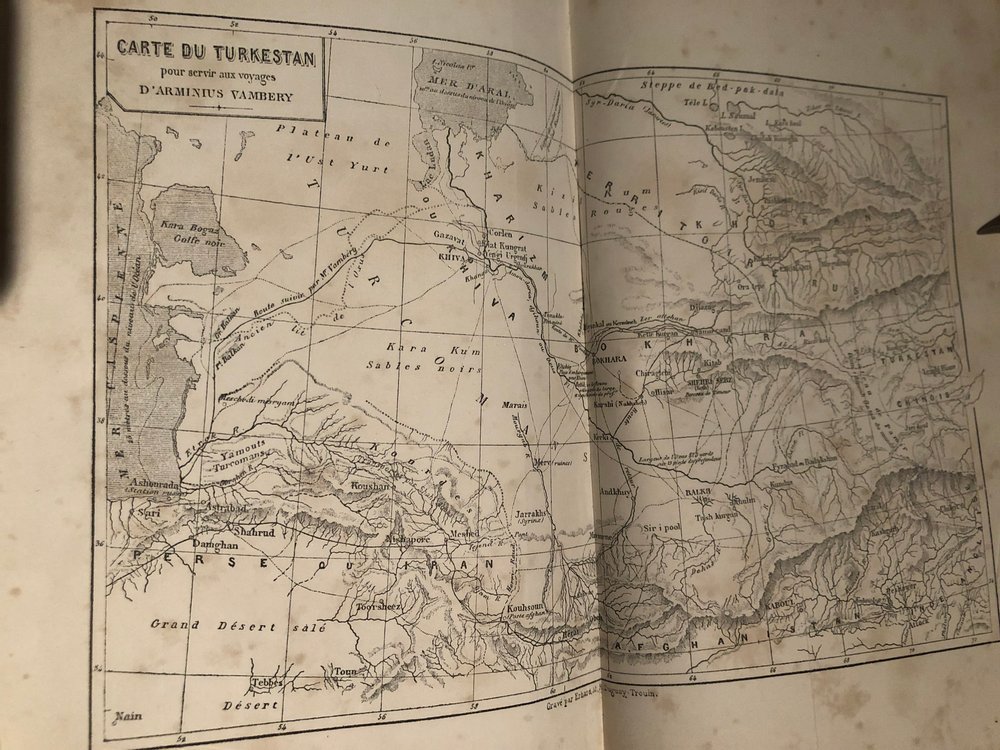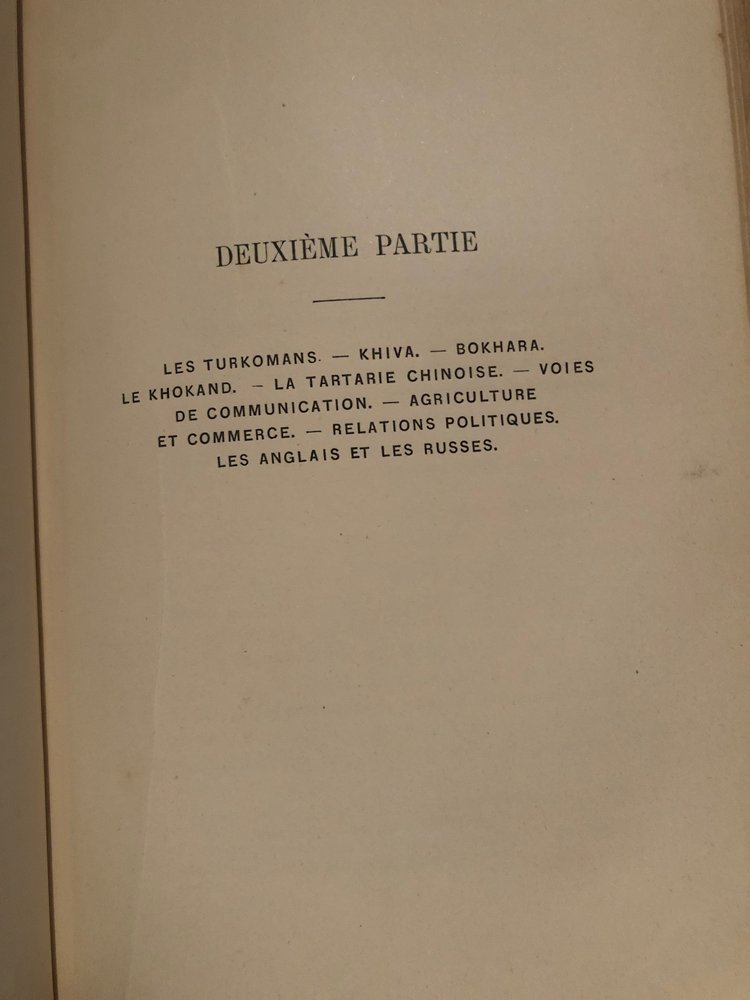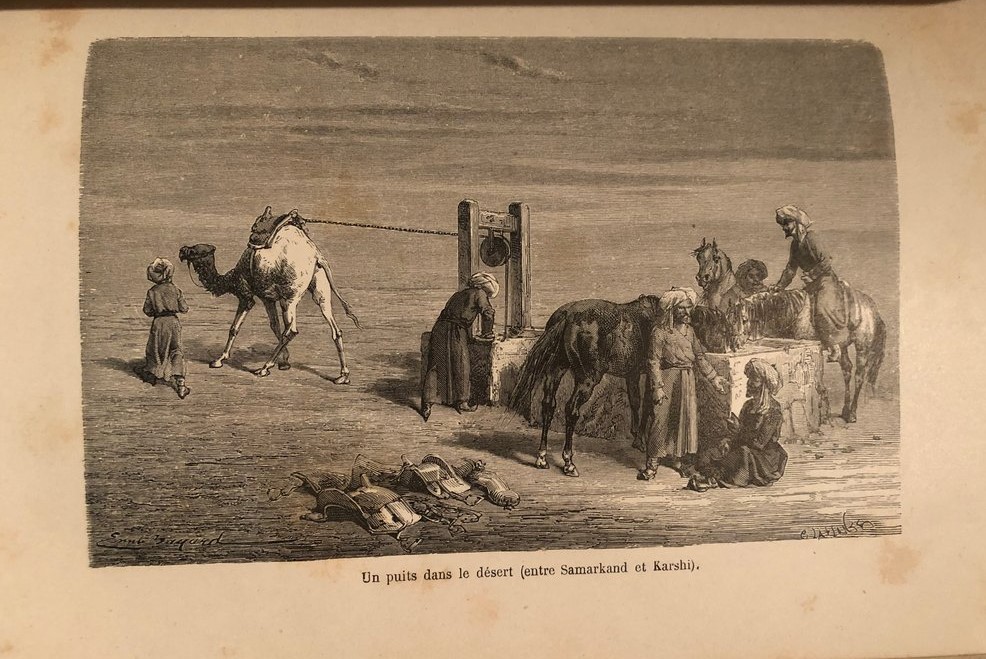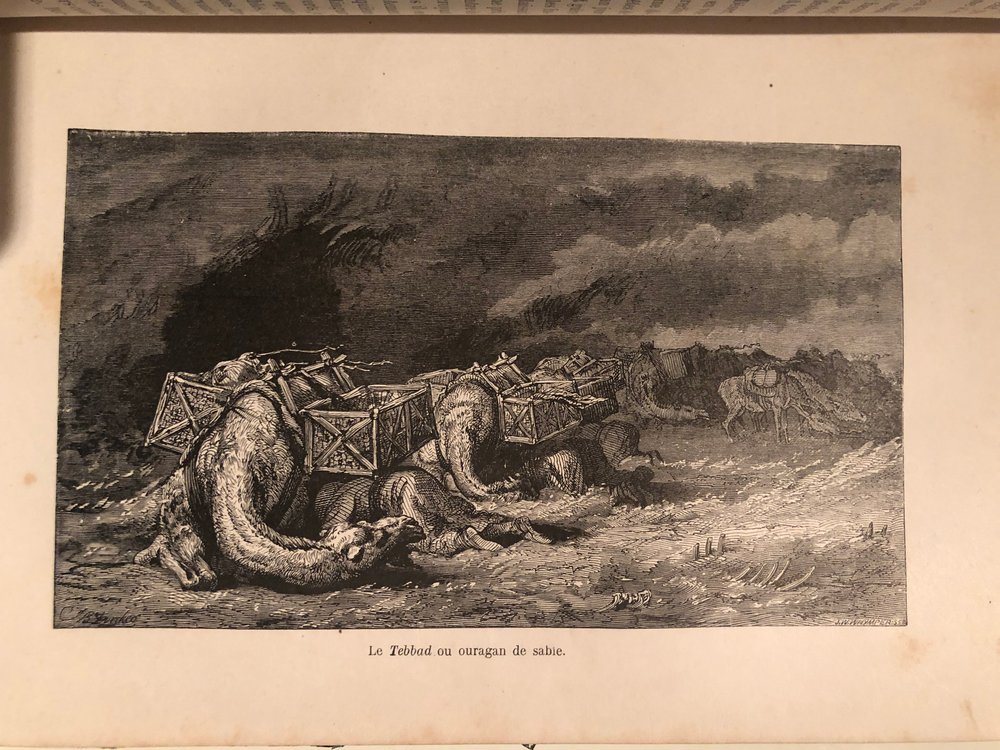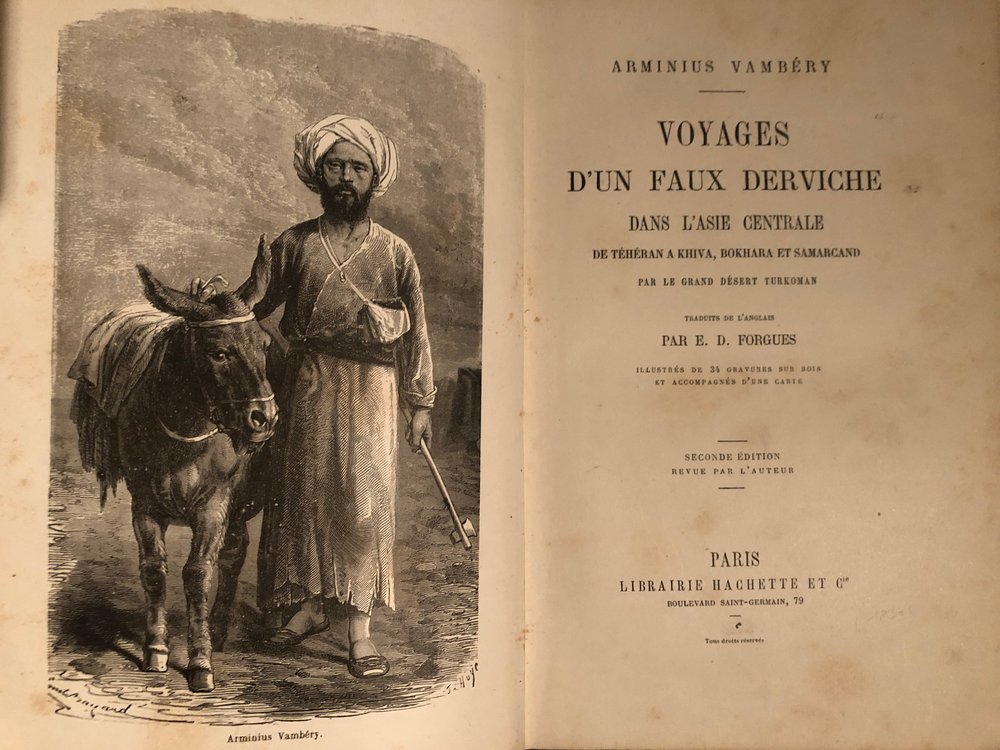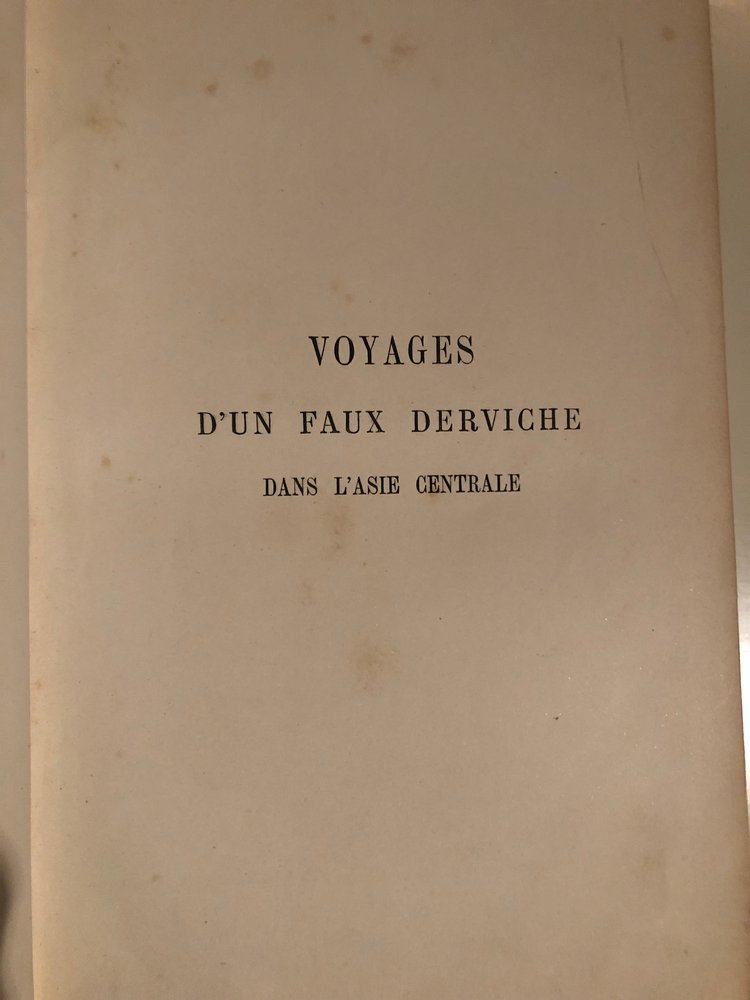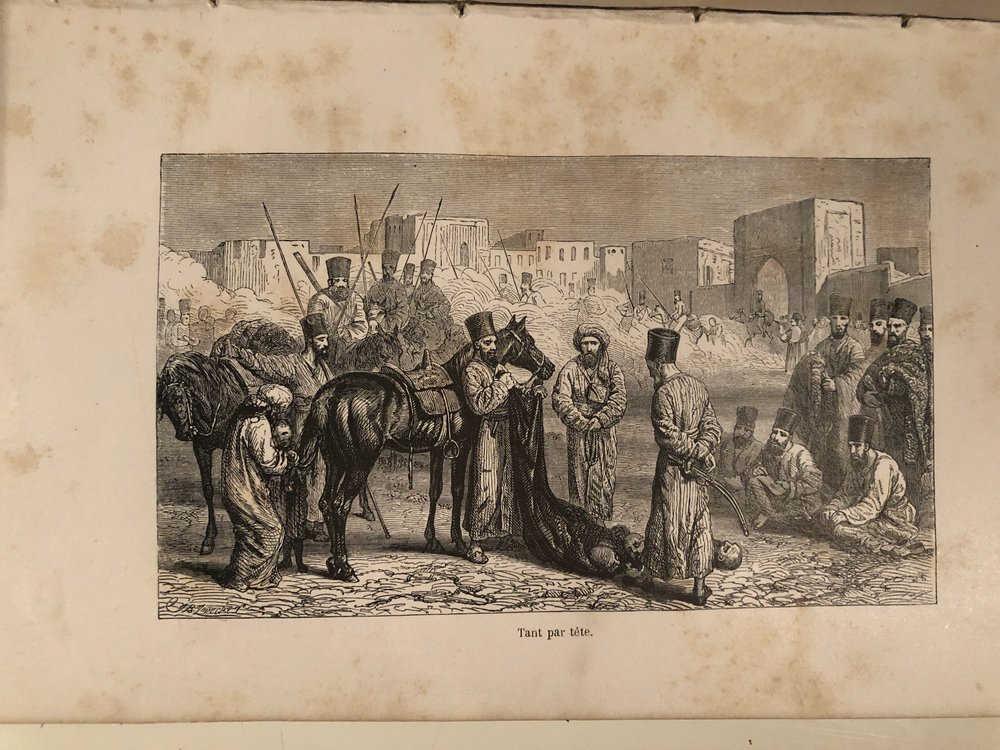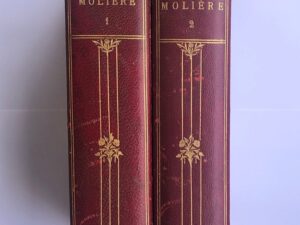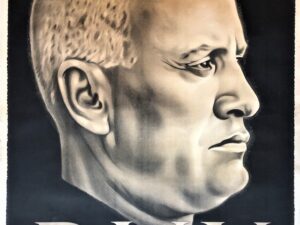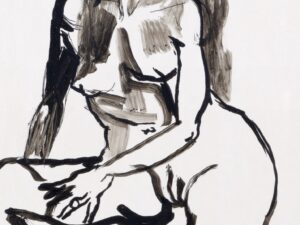Second French edition, revised. One of the most popular travel reports in Central Asia. Born to a modest Jewish family in Hungary, Vámbéry soon showed a prodigious talent for languages. It is said that at the age of 16 he learned Latin, French and German, with good progress in English, Scandinavian, Russian and Serbian. Fascinated by the Ottoman culture, he followed his patron in Constantinople where he became a corresponding member of the Hungarian Academy of Sciences in recognition of his translations of Ottoman histories. Thanks to a grant from the Academy, he travelled to study the Turkish-Tatar dialects of Central Asia. Disguised as a dervish, he travelled through the Caspian Sea and the Kara Kum Desert to Khiva, where he had two audiences with the Khan. Arriving and staying at Bokhara and Samarkand, he passed through Kerki to Herat where he met the royal family. He reached Tehran in January 1864 after joining a caravan of pilgrims en route to Mashhad, and traveled directly to London where he was treated as a celebrity, being the first European to undertake such an expedition.

